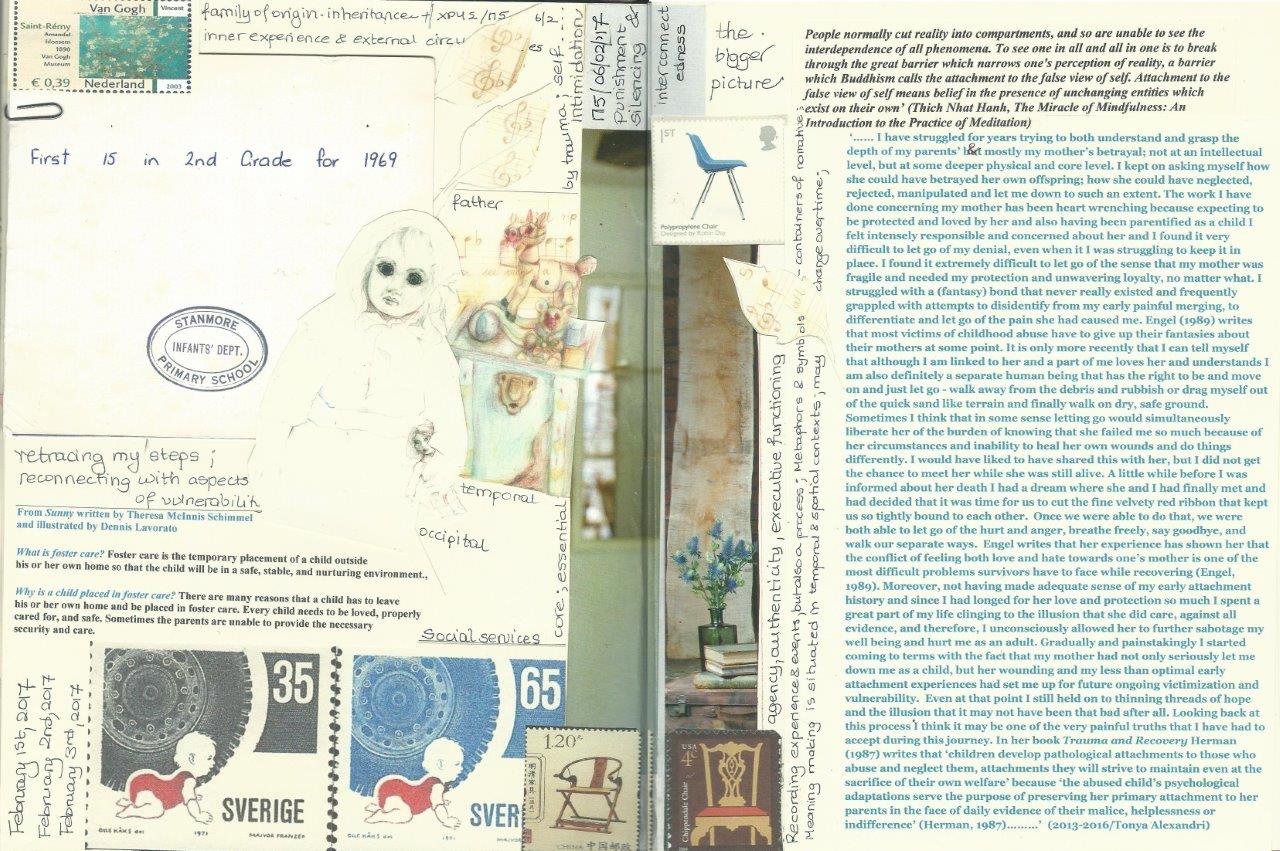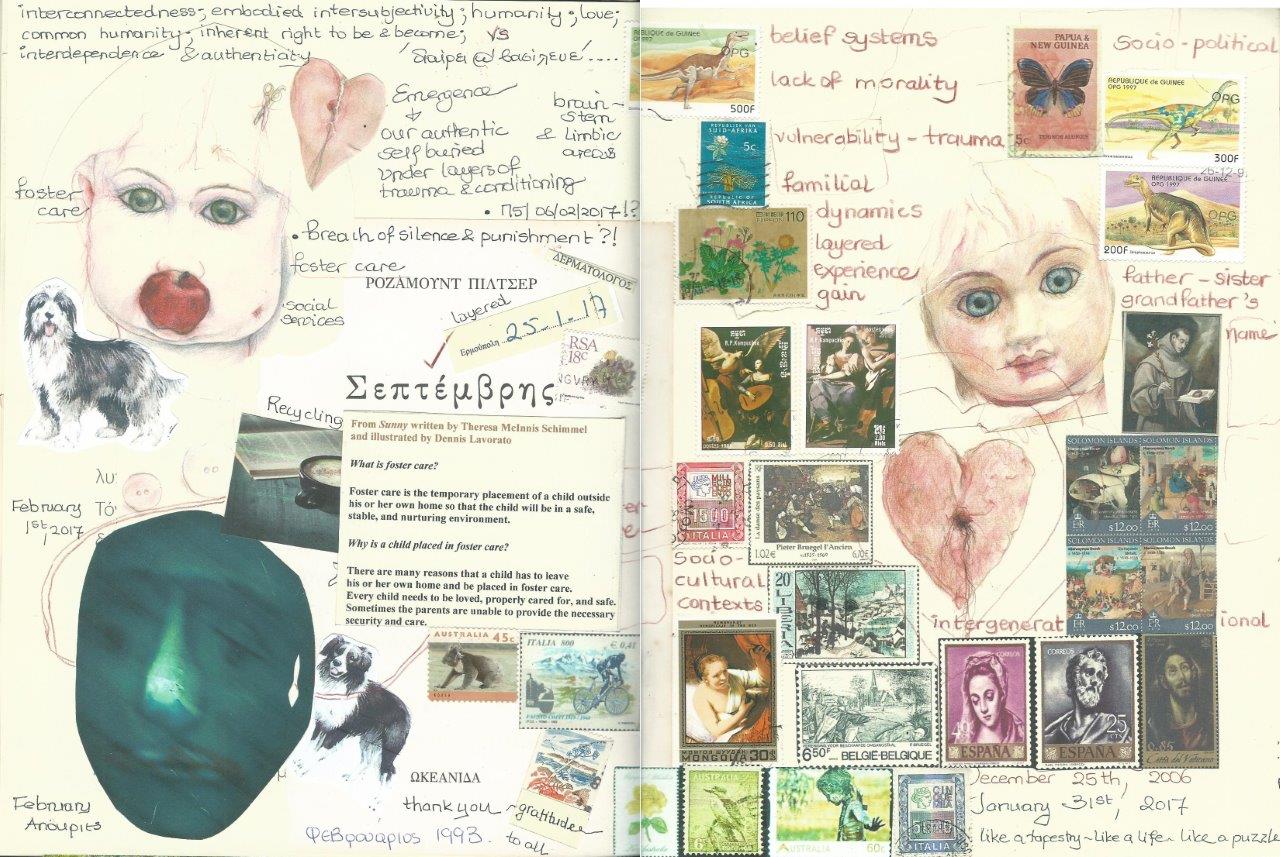
 A. Borrowed from Dan Siegel’s website
A. Borrowed from Dan Siegel’s website
‘Finding an inner compass to create clarity during these turbulent times doesn’t just happen—it can be created by a daily reflective practice and cultivating connections with others, and with nature. Try practicing the integrative Wheel of Awareness as a regular routine in your life—and see what the hub of knowing may hold in store for you. Find people with whom you can share your concerns, laugh, cry, hug, and go outside for walks. Integration creates well-being from the inside out, and there’s no better way to begin than with consciousness and our connections with each other’ – Dan J. Siegel
B. ‘Mindfulness is awareness that arises through paying attention, on purpose, in the present moment, nonjudgmentally. It’s about knowing what is on your mind’ – Jon Kabat-Zinn
C. ‘Meditation is essentially training our attention so that we can be more aware— not only of our own inner workings but also of what’s happening around us in the here & now’ – Sharon Salzberg
D. Article: Effect of direct eye contact in PTSD related to interpersonal trauma: an fMRI study of activation of an innate alarm system (Carolin Steuwe, Judith K. Daniels, Paul A. Frewen, Maria Densmore, Sebastian Pannasch, Thomas Beblo, Jeffrey Reiss, and Ruth A. Lanius)
Άρθρο: Η επίδραση της άμεσης οπτικής επαφής στην Μετά-τραυματική Διαταραχή (PTSD) που σχετίζεται με διαπροσωπικό τραύμα: μια fMRI μελέτη που αφορά στην ενεργοποίηση ενός έμφυτου συστήματος συναγερμού
Abstract: In healthy individuals, direct eye contact initially leads to activation of a fast subcortical pathway, which then modulates a cortical route eliciting social cognitive processes. The aim of this study was to gain insight into the neurobiological effects of direct eye-to-eye contact using a virtual reality paradigm in individuals with posttraumatic stress disorder (PTSD) related to prolonged childhood abuse. We examined 16 healthy comparison subjects and 16 patients with a primary diagnosis of PTSD using a virtual reality functional magnetic resonance imaging paradigm involving direct vs averted gaze (happy, sad, neutral) as developed by Schrammel et al. in 2009. Irrespective of the displayed emotion, controls exhibited an increased blood oxygenation level-dependent response during direct vs averted gaze within the dorsomedial prefrontal cortex, left temporoparietal junction and right temporal pole. Under the same conditions, individuals with PTSD showed increased activation within the superior colliculus (SC)/periaqueductal gray (PAG) and locus coeruleus. Our findings suggest that healthy controls react to the exposure of direct gaze with an activation of a cortical route that enhances evaluative ‘top–down’ processes underlying social interactions. In individuals with PTSD, however, direct gaze leads to sustained activation of a subcortical route of eye-contact processing, an innate alarm system involving the SC and the underlying circuits of the PAG’. (You can read the whole article at https://www.ncbi.nlm.nih.gov/pmc/articles/PMC3871730/)
